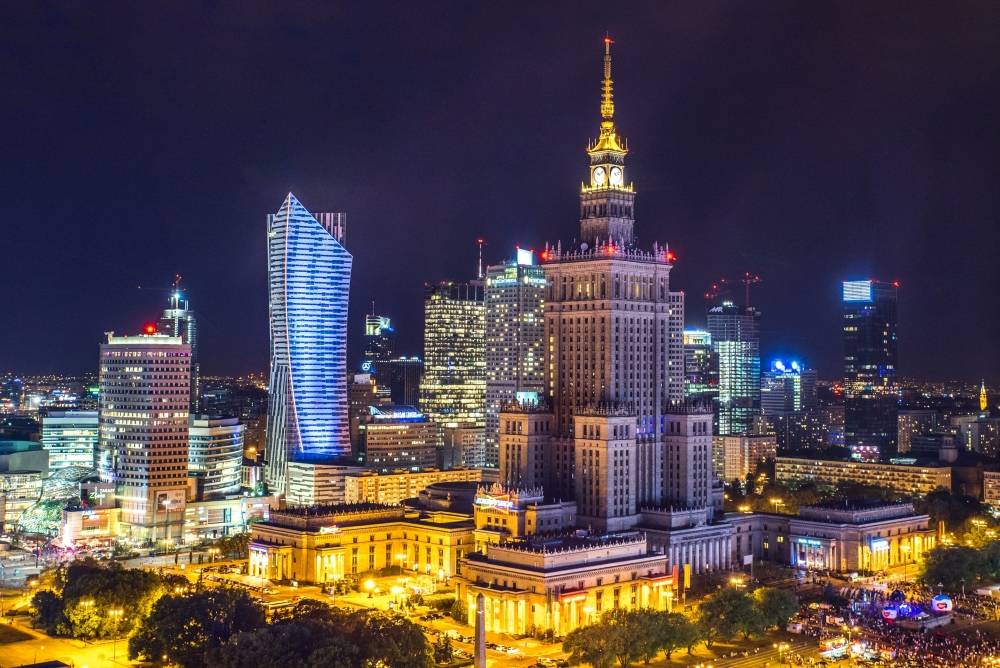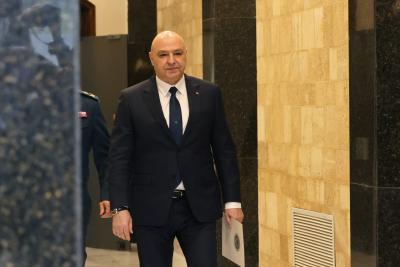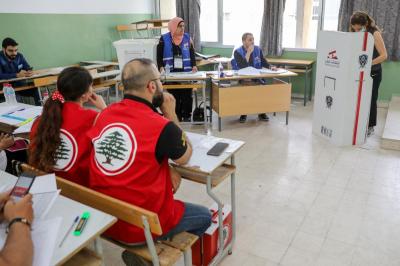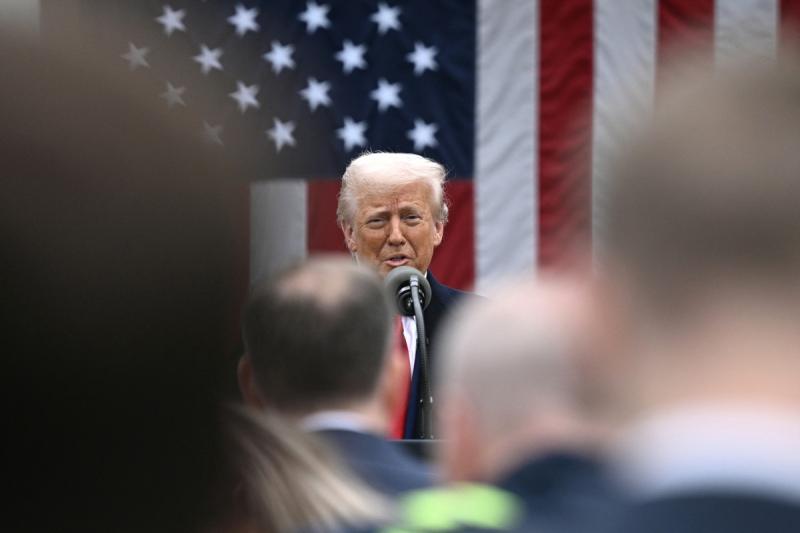Suddenly, Poland Captures Attention by Shifting Focus from Ukraine Conflict. Belarusian President Alexander Lukashenko's statements about Wagner fighters seeking to head towards Poland raise countless questions about Russia's intentions. Russian leader Vladimir Putin has warned that his country will respond to any aggression against its ally Belarus following the deployment of Polish forces to their eastern borders.
Putin revealed the creation of a Polish-Lithuanian-Ukrainian military unit intended to occupy territories in western Ukraine, while also mentioning plans for controlling Belarusian regions, cautioning about the grave consequences of such initiatives.
Recently, Moscow and Minsk confirmed the deployment of Russian tactical nuclear weapons in Belarus.
During a recent meeting with Putin, the Belarusian president claimed to have kept Wagner fighters from heading to Poland, stating that he prevented them from going to Warsaw under pressure. Lukashenko specified that the group members were seeking his permission to go west, saying, 'They ask me for permission to go to Warsaw, to Hrodna (in Poland).'
The Belarusian president emphasized that any partition of Ukraine and annexation of its western regions by Poland would be unacceptable for Belarus. He announced that if such action were taken by Poland, Belarus would support the inhabitants of the western Ukrainian regions by all means at its disposal.
These developments on the Polish front have captivated the attention of many observers, immersing them in the complex history of relations between Russia and Poland up to the present day. It is essential to recall the agreement of September 29, 1939, when Nazi Germany and the Soviet Union redrawn the borders and divided Poland. This invasion led to a territorial split in October of the same year, with one-third allocated to the Soviet Union and two-thirds to Germany. Since the dismantling of the Soviet Union in 1991, relations between Poland and Russia have been marked by fluctuations and periods of stability.
Russia has exerted significant pressure on its western flank to consolidate its strategic depth, fearing NATO's proximity to its borders, particularly with Ukraine, a comprehensible concern. On the other hand, NATO, as a collective defense force against the former Soviet Union, has viewed Poland as a crucial, if not indispensable, element to counter any Russian advancement towards Europe. With an area of over 320,000 square kilometers, Poland shares a potential border with the new Russian federation if it invades Ukraine from its ally Belarus's territory. Thus, Poland, supported by NATO, would play a crucial role as a corridor for allied forces to move towards the Baltic States or southward, towards Hungary and Romania. For NATO, particularly the United States, Poland represents the last line of strategic defense for their Western allies in Europe.
Following the Ukrainian people's uprising in 2014 against pro-Russian President Viktor Yanukovych, Washington seriously considered a Russian advancement towards Ukraine. Meanwhile, Moscow considered this uprising a major transformative event, highlighting Poland's significance for the United States. It was then that Russia began strengthening its military, fearing any surprise and seeking to advance in Ukraine and occupy some of its regions.
On the other hand, the United States has taken into account the long-term scenarios envisioned by Russia and sought to approach the countries in Eastern Europe that have lived and been integrated into the Soviet Union. However, most of these countries have chosen to stay out of any Russo-American confrontation, except for Poland.
Poland: The Emergence of a Military Power
Amidst the current geopolitical landscape, Poland is asserting itself with an anti-Russian strategy, aligning with the United States and their Western allies, including the United Kingdom, and positioning itself as a crucial pillar for the West. The mutual tensions between Russia and Poland have had repercussions on the US-Polish ties, and as a result, Washington and the West actively support Poland's transformation into an independent military force. This cooperation includes the supply of arms, joint training, intelligence operations, and the strengthening of infrastructure to accommodate a US and Western military presence in case of crisis.
With the ambition of solidifying its ties with the US and the West, Poland aspires to become an indispensable force in Europe, particularly in the Eastern region. From the era of President Barack Obama to Donald Trump and now under the administration of Joe Biden, massive flows of military equipment and training, including intelligence operations, have turned Poland into a military force that cannot be ignored.
The considerable reinforcement in armament and training has enabled the Polish army to actively support Ukraine and stand ready to deploy to the East if needed.
However, despite the strength and cohesion of its military force, widely regarded as a key strategic asset for the United States, the essence of maintaining this power and hegemony lies in its national strength and economic stability. Indeed, the economy plays the role of a defensive and offensive shield that can be relied upon. Regardless of the duration of a conflict, it can economically exhaust a country, even if the outcome is favorable. Thus, the Polish economy must be prepared to face geopolitical realities. The question remains as to whether Poland can truly be the strategic pillar on which NATO can rely as the first line of defense or if it will become the fortress that thwarts Russian designs and attempts. The future of Poland will undoubtedly be put to the test by the outcome of the battles in Ukraine.
 French
French














